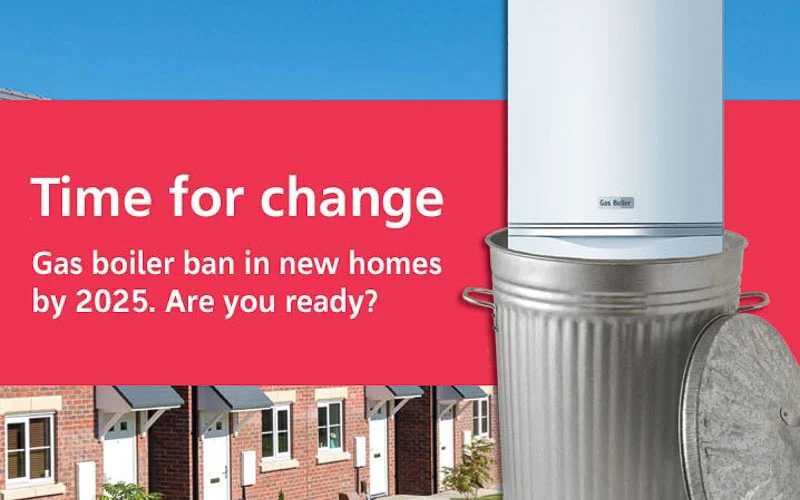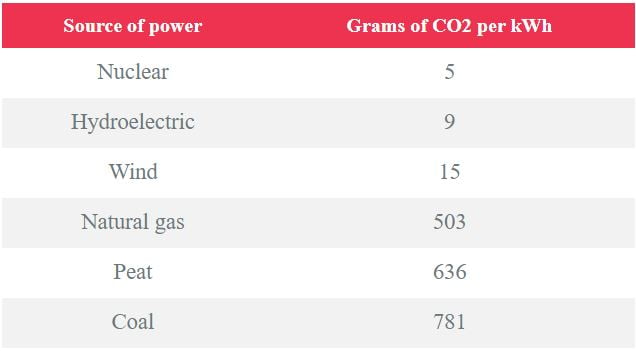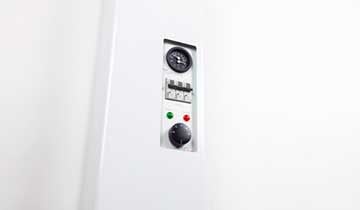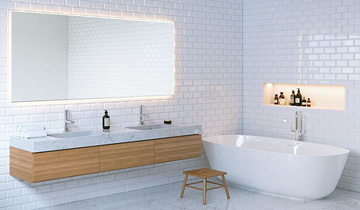9 min read
Electric boilers: An introductory guide for homeowners
How we heat homes is changing and the journey towards reducing carbon emissions is driving it. Gas boilers will be banned from new build developments...

Here is a quick guide for everything you need to know about the government’s plan to ban gas boilers in new homes by 2025.
How did it come about?
Way back in March 2019 and following a report from the independent Committee on Climate Change, the Chancellor Philip Hammond stated that a plan will be put in place to ban gas heating in new homes by 2025. This was also part of a larger response to help address the protests about climate change.
What did the report say?
What is CO2 and low-carbon power?
All known life on Earth is based on compounds of carbon. However, there is growing evidence that excessive emissions of carbon dioxide (CO2), is significantly contributing to global warming.
Low-carbon power comes from processes or technologies that produce power with much lower amounts of carbon dioxide emissions than is emitted from conventional fossil fuel power generation. Examples include; wind power, solar power, nuclear power and hydropower.
The table below shows the grams of CO2 produced per kWh of electricity by source (ref: Vattenfall Study)

Power sources such as nuclear, hydroelectric, wind and solar are potential big players to help achieve a low-carbon economy (LCE) and help reduce harmful emissions. A low carbon economy is an economy based on low carbon power sources that therefore has a minimal output of greenhouse gas (GHG) emissions into the biosphere,
The view of gas and electric power
Historically gas was seen as a cost-effective way to heat a property and it is the most common form of heating in the UK. A decade ago, gas and coal generated more than 70 per cent of the UK’s electricity. However, gas systems haven’t really evolved over time. The production of gas and use within the home produces a huge amount of CO2 emissions, which, as we all know, contradicts the government’s journey to a low carbon future. Gas systems are also expensive to install and retrofit.
Electric technology has significantly evolved over the years making it more efficient as well as easier and cheaper to install. Electric is a clean source of energy which is made almost 100% energy efficient and environmentally friendly because it can be generated from sources such as wind turbines and solar panels. The changes to SAP 10 (see further down in this article) has made it even easier for electric to be used in new housing developments too.
What next?
The importance of SAP 10
SAP is used to assess energy use and carbon emissions for Building Regulation Approved Document L in domestic buildings. The purpose of SAP is to assess the energy and environmental performance of new homes to ensure developments meet energy and environmental policy initiatives, as well as building regulations.
SAP 10 has been created to eventually replace SAP 2012 and one massive change is the CO2 emission factor for electricity. It has been reduced from 0.519 kgCO2/kWh to 0.233 kgCO2/kWh which is almost level with gas. Great! This means that a shift from gas to electric heating is more viable, so assessors in SAP 10 may find it easier to achieve compliance with electric heating.
If you have any questions, don’t hesitate to contact one of our team: 0800 019 5899

9 min read
How we heat homes is changing and the journey towards reducing carbon emissions is driving it. Gas boilers will be banned from new build developments...

5 min read
This is one of the most commonly asked questions and for good reason! With so many brands of underfloor heating out there including Warm Up, Heat Mat...

5 min read
There’s no denying it, prices for both gas and electricity have gone up significantly. Following an announcement by Ofgem in February 2022 about...